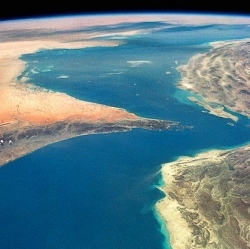
Last month, planners on Europe’s Rosetta mission announced a preference for a touch-down location on the head of the icy, rubber-duck-shaped object. A detailed follow-up analysis, informed by new high-resolution pictures, has found no reason to rescind the choice. The Rosetta probe will eject the Philae robot shortly after 08:30 GMT on the day of landing.
The shove will be imparted at a distance of about 20km from the surface of 67P. The descent to the 4km-wide comet is expected to take about seven hours. Success or failure will be known roughly 30 minutes after that. This additional period is the length of time a radio signal takes to travel 509 million km the separation between 67P and Earth in mid-November.
Final confirmation of the touchdown sequence and location was given by the Lander Operations Readiness Review, which met at the European Space Agency’s mission control in Darmstadt, Germany, on Tuesday. "Now that we know where we are definitely aiming for, we are an important step closer to carrying out this exciting, but high-risk – operation," said Fred Jansen, Esa’s Rosetta mission manager, in a statement. "However, there are still a number of key milestones to complete before we can give the final ‘go’ for landing."
